There are countless rewarding aspects of maintaining a flower bed in your garden, such as the delightful blooms they produce, the refreshing fragrances, and the way that they can help other plants in your garden. However, one commonly forgotten benefit of growing flowers is how they attract bees, butterflies, and other pollinators, all of which work wonders for your garden and local ecosystem. Certain flowers are better for this than others, though, so here are some recommendations for flowers that will reliably attract bees and butterflies to your garden.
Lavender
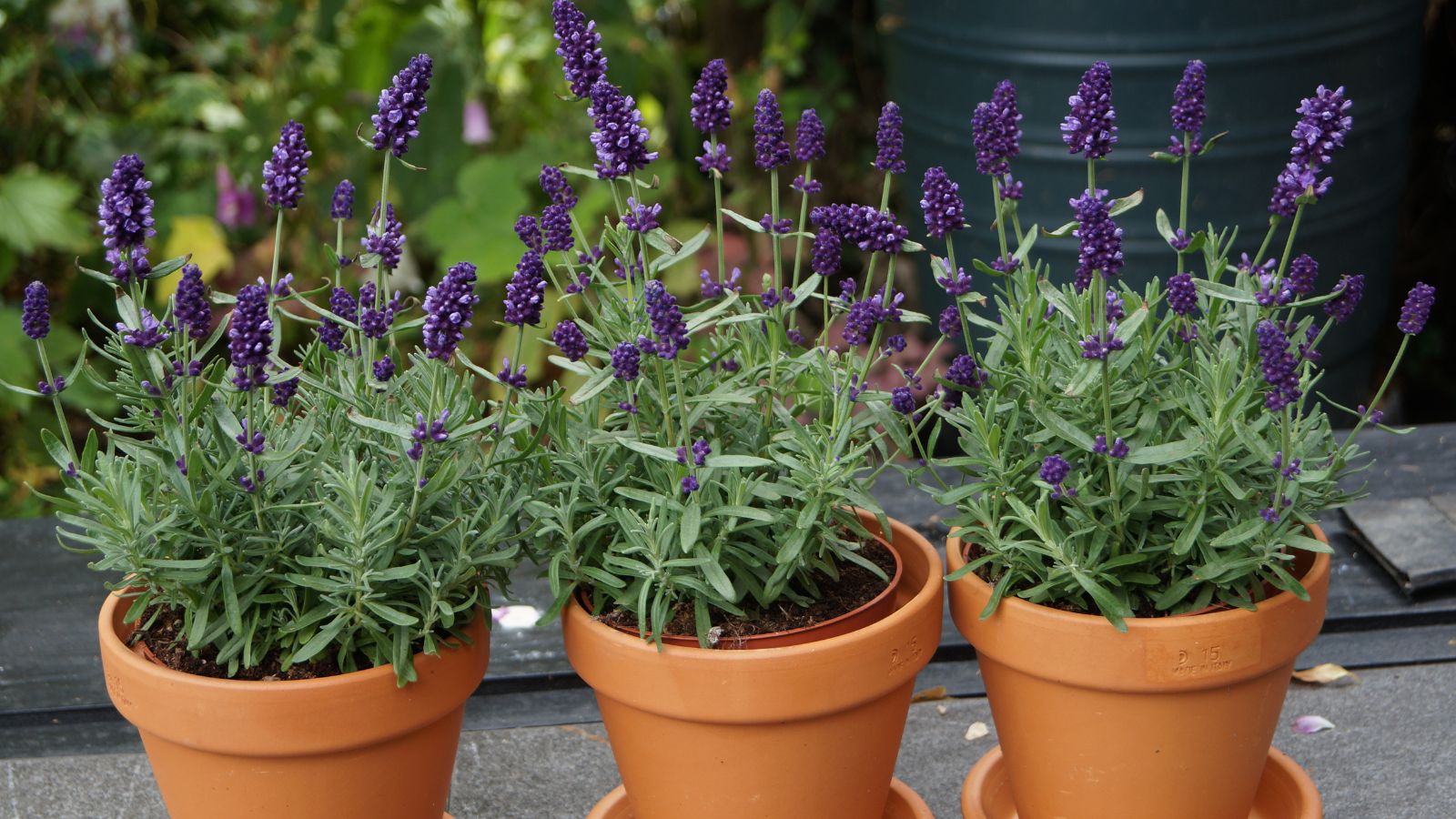
Considering the delightful fragrance of lavender, it shouldn’t be too surprising to learn that it attracts bees and butterflies, who find its nectar irresistible. You’ll need to plant this hardy flower in a sunny spot with well-draining soil, but once established, lavender requires little maintenance, making it a low-fuss choice that keeps pollinators happy all season long.
Coneflower
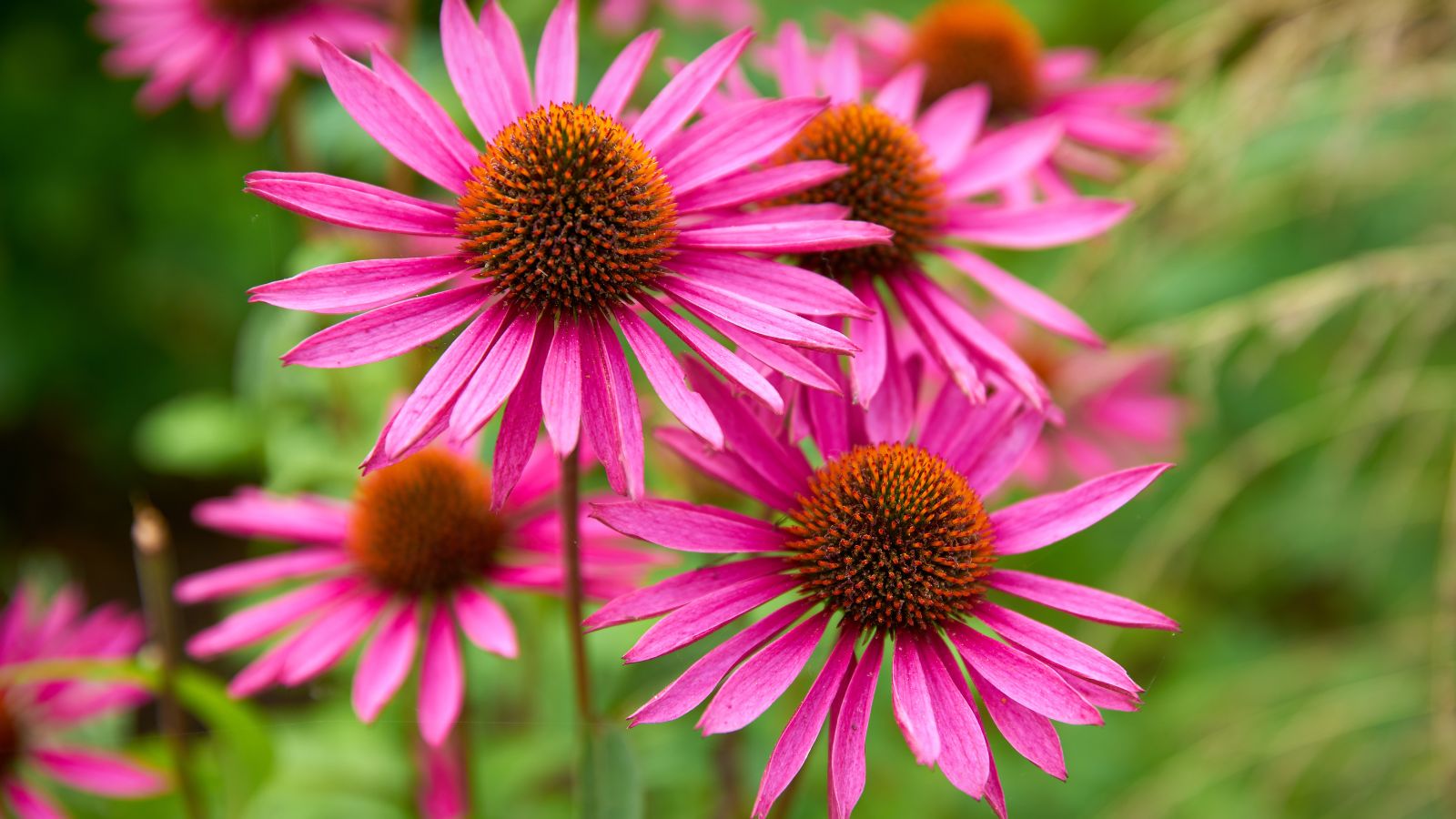
The vibrant colors and large, open centers of coneflowers are another favorite among pollinators, especially butterflies. This is because their sturdy petals make landing easy, while the central disk provides accessible nectar. Best of all, their blooming season extends from midsummer into early fall, so you’ll be able to expand your visiting hours for the local butterfly population.
Bee Balm
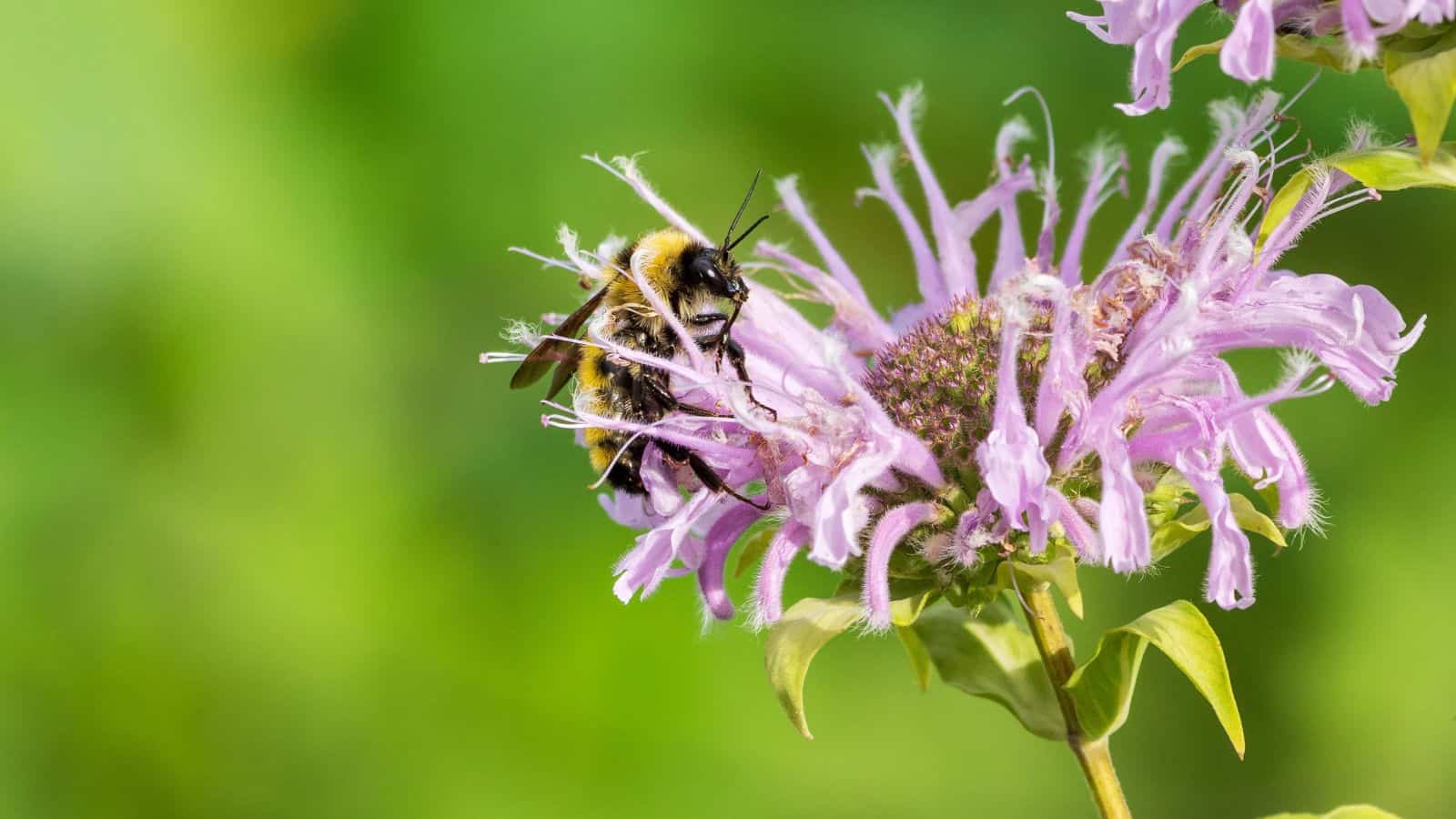
The appropriately named bee balm is a main attraction for bees and butterflies, who love its tubular flowers and spicy scent. These blooms, in hues of pink, red, and purple, add a splash of color to the garden, especially if you keep it in moist, well-drained soil, in either sun or partial shade, and the rest of your garden will no doubt thank you for the increased pollination.
Black-Eyed Susan
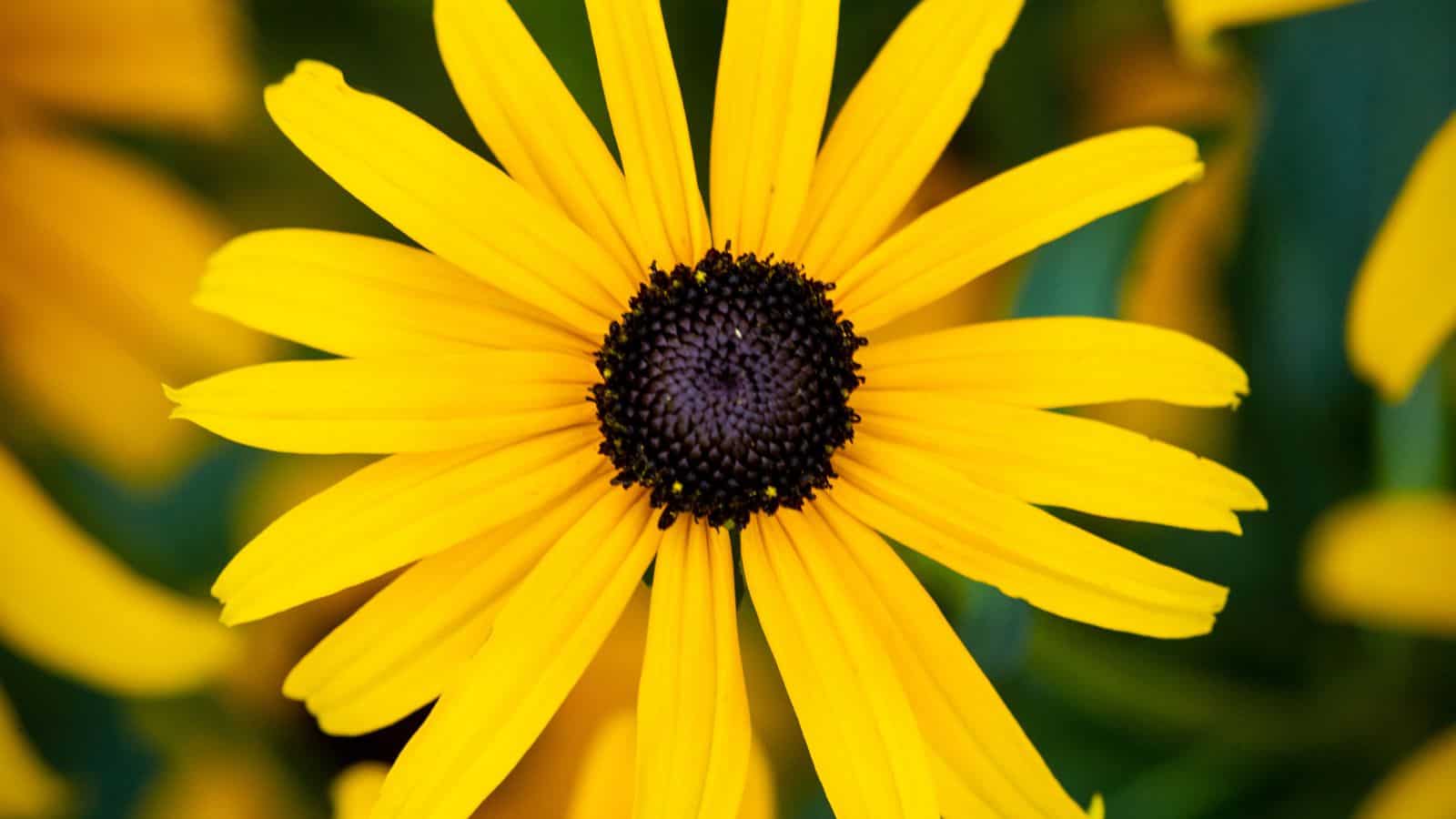
Another flower that will attract bees and butterflies to your garden is the black-eyed-susan, which features sunny yellow petals and dark centers, a unique contrast that draws in butterflies. Conveniently, these flowers are drought-resistant and can thrive in poor soil, making them really easy to maintain. So, there’s no excuse–get them planted, and your black-eyed susans will bring you plenty of pollinator friends throughout late summer.
Zinnias
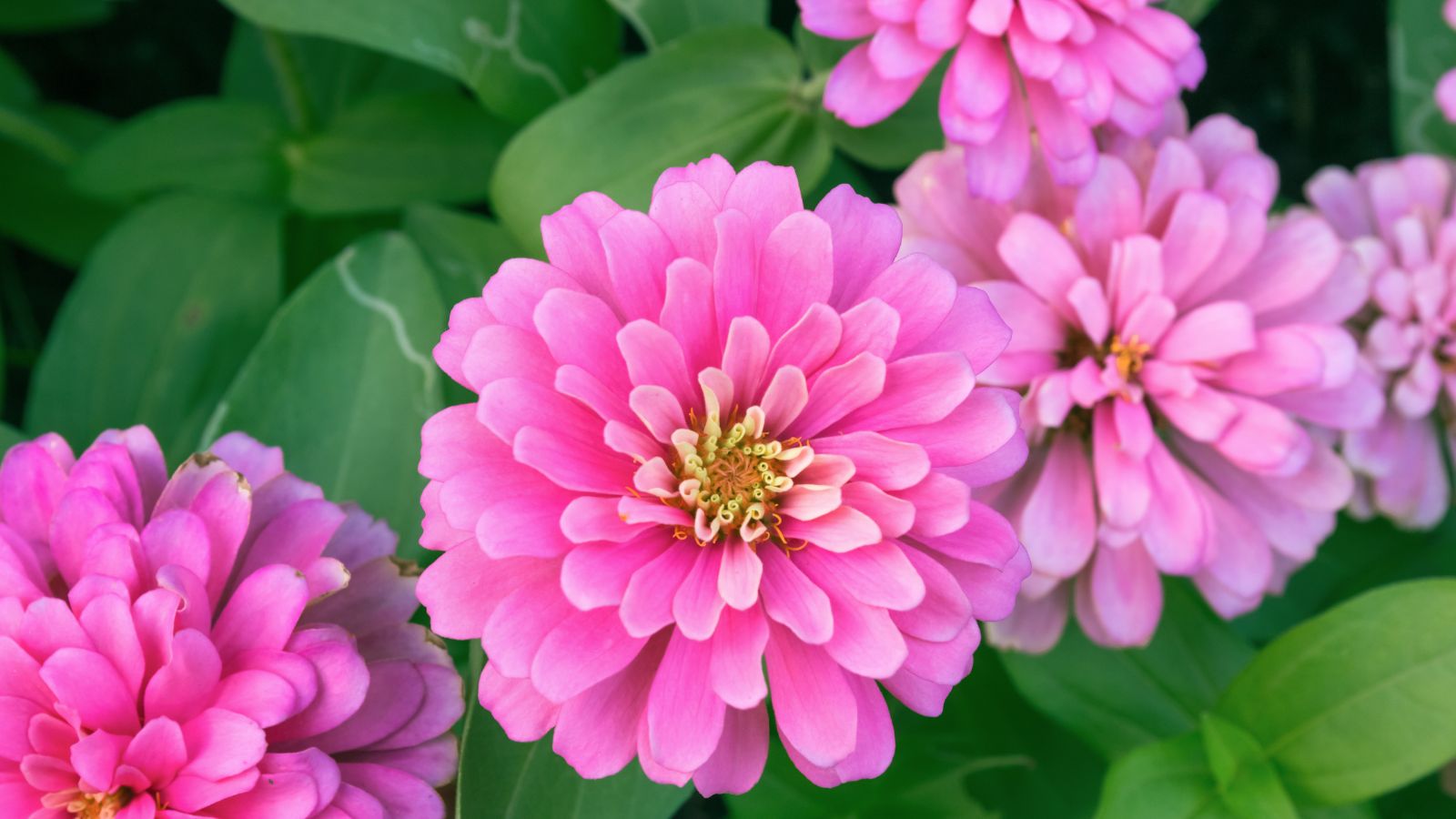
For a colorful annual that attracts butterflies, you can’t beat zinnias, adored for their bright, open petals. They typically bloom in a range of colors, including red, purple, and others, and they’re really easy to grow from seeds if you’re a beginner. Planted in a sunny spot, you’ll find that your zinnias produce blooms that last throughout summer, and butterflies will no doubt take advantage of this exciting opportunity.
Sunflowers
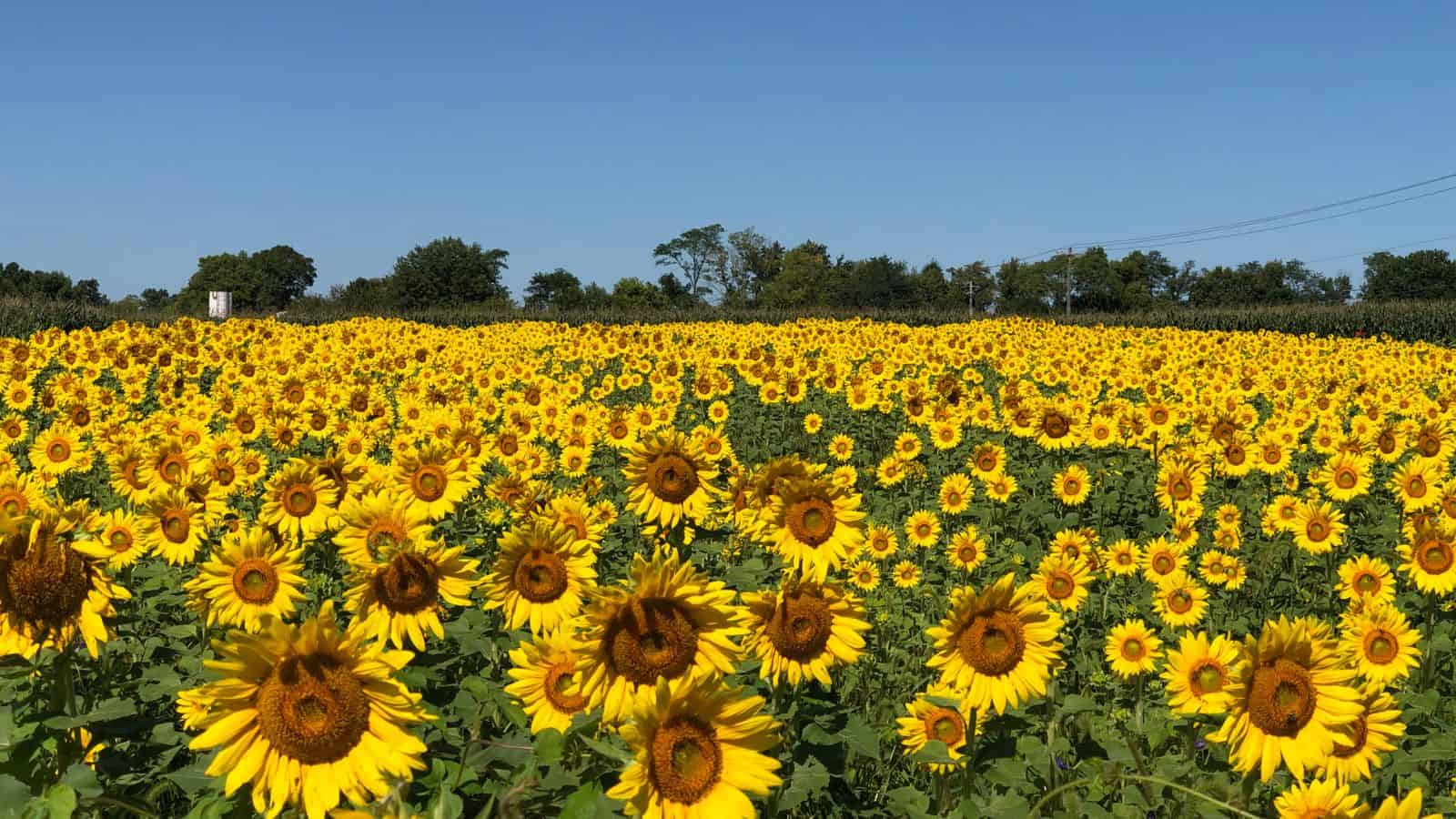
These towering blooms are as attractive to pollinators as they are to humans, with bees and butterflies both flocking to sunflowers for their plentiful pollen. As the name suggests, you’ll need to remember that sunflowers grow best in full sunlight with well-drained soil. Keep in mind that they reach impressive heights, too, which your local pollinators will love.
Cosmos
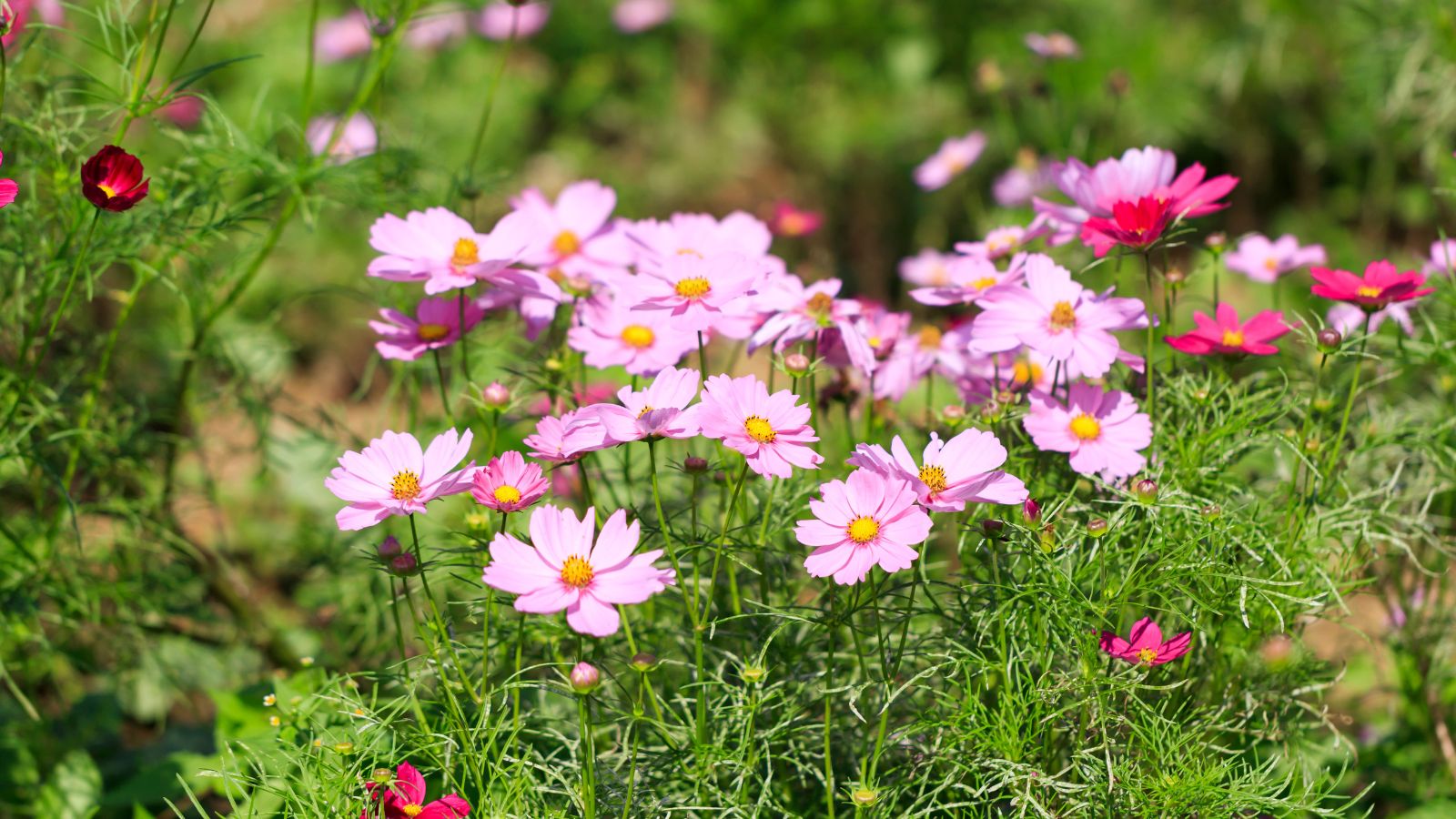
Cosmos flowers are lightweight and delicate, perfect for butterflies who can easily land on their petals. These flowers bloom all summer, continuously providing nectar to pollinators and adding gentle beauty to your garden. They’re also available in shades of pink, white, and purple, needing only full sun and regular watering to thrive enough to keep pollinators arriving.
Salvia
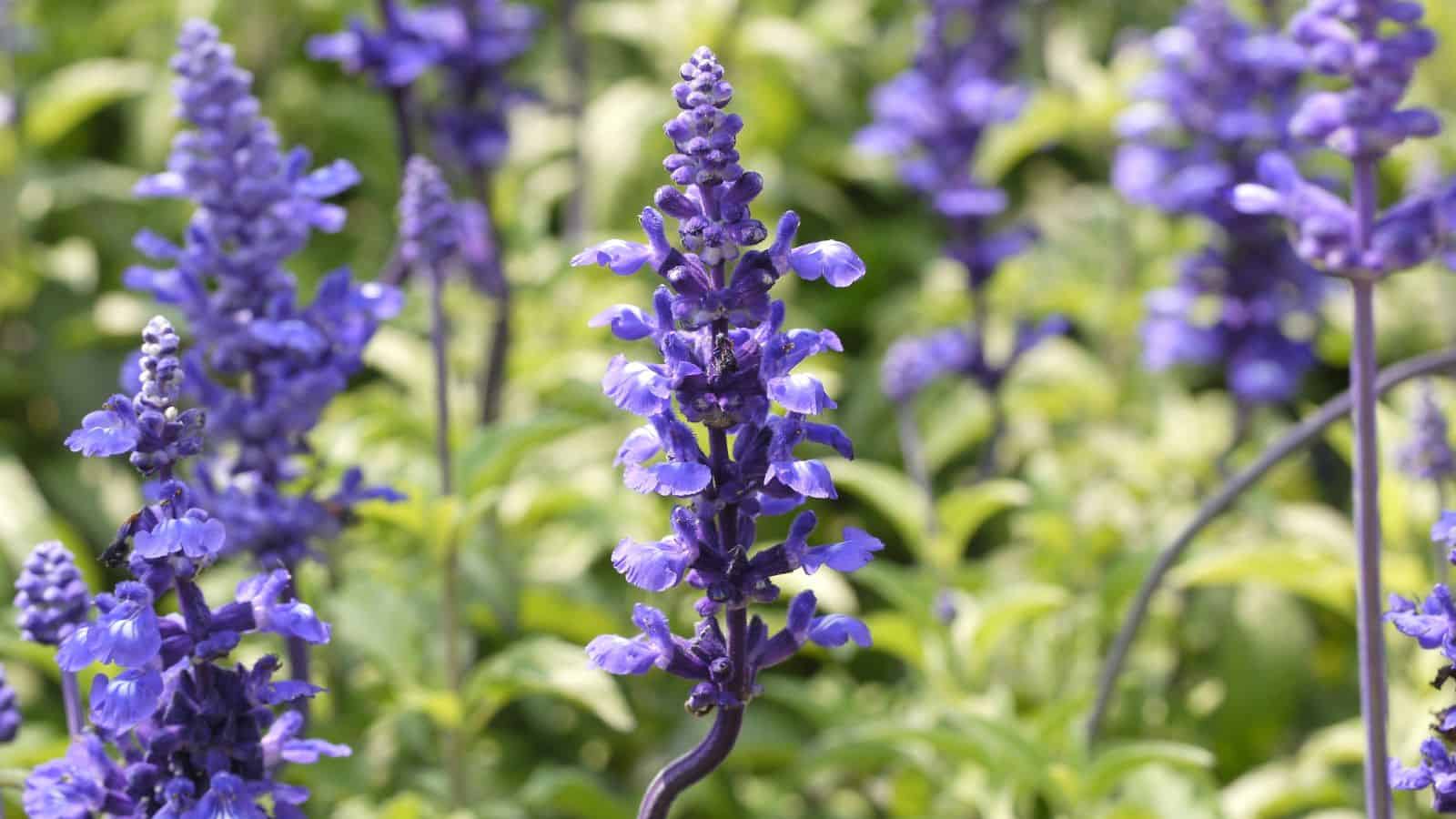
The tall spikes of blue, purple, or red salvia flowers are particularly attractive to bees and butterflies, so it’s a no-brainer to plant them next year. Considering that they’re heat-tolerant perennials, they’re wonderfully low maintenance, thriving in sunny locations. To make matters even better, salvia’s long bloom season offers a consistent nectar source, and its tubular shape is especially suited to the feeding style of bees and butterflies. What more could you want from a flower?
Marigold

If you’d like to bring a burst of gold and orange to your garden, plant some marigolds, and you’ll get the additional bonus of attracting butterflies, thanks to their color and distinct scent. Due to them being annuals, you might have to replant them each year, although many varieties actually reseed themselves. Unfortunately, though bees aren’t as interested in marigolds as butterflies are, but the flower’s scent helps repel pests, so bees might be encouraged to visit neighboring plants.
Aster
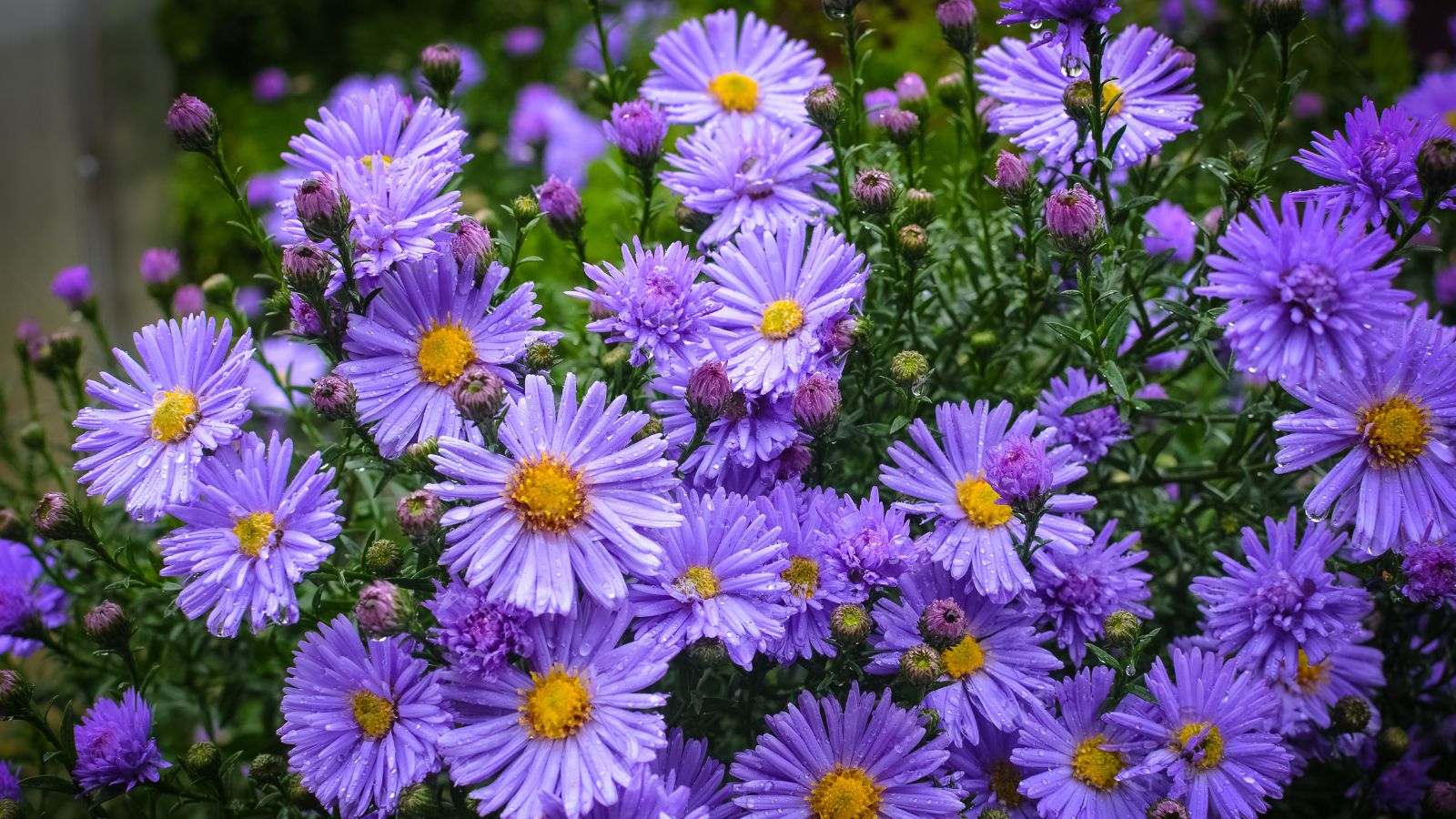
Asters bloom in late summer and fall, providing much-needed nectar for butterflies as other flowers wane, making them a perfect addition to any garden. These daisy-like flowers in purple, pink, and white are low maintenance and grow well in sunny or partially shaded areas, which is pretty convenient. Best of all, asters also attract bees, adding to the diversity of pollinators in your garden.
Borage
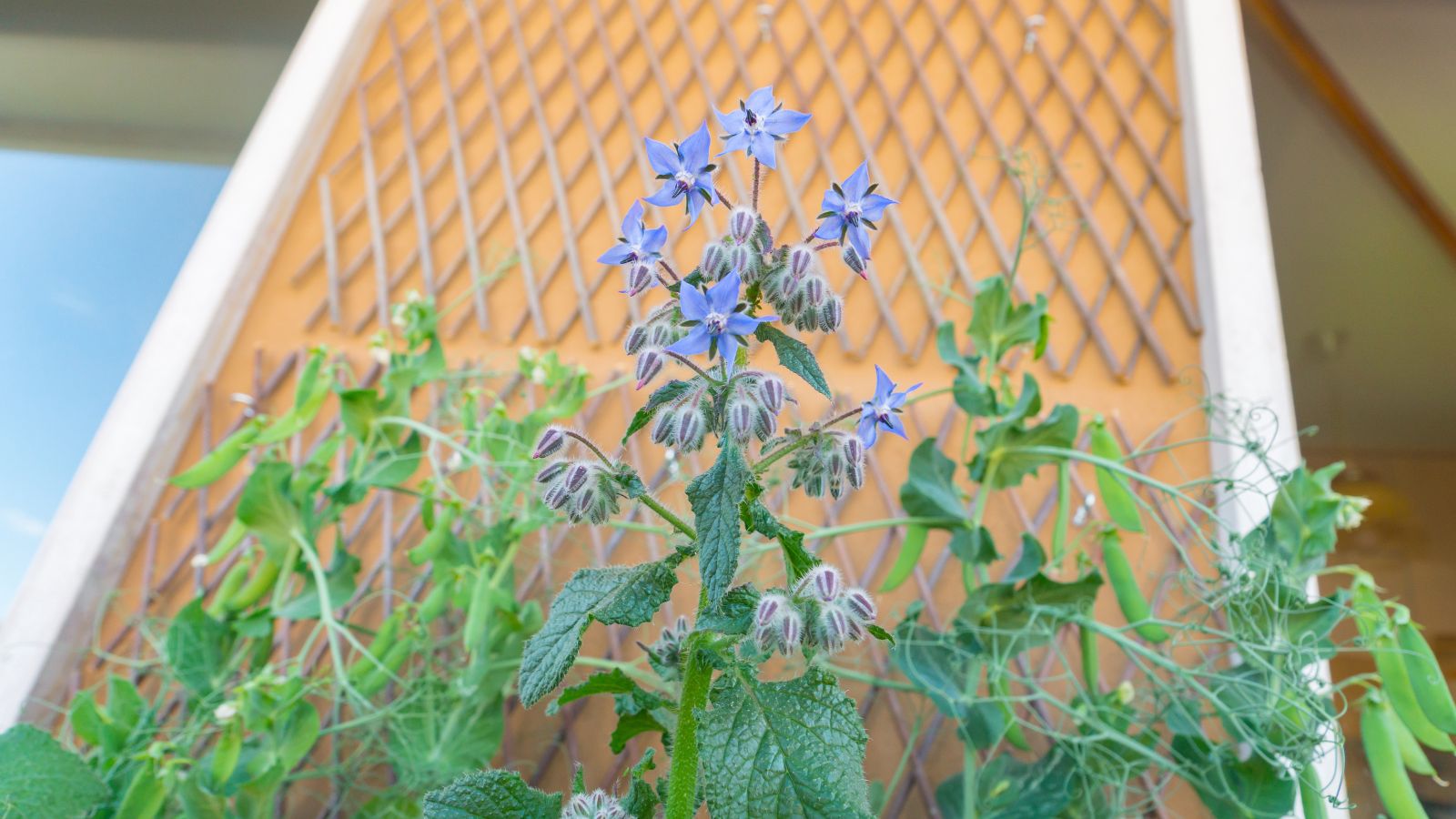
Borage’s bright blue, star-shaped flowers are an absolute bee magnet because of their high nectar production. As with marigolds, you’ll need to replant them annually, but they grow well in poor soil and full sun, so they won’t take much of your time. You’ll also be pleased to know that borages bloom all summer, offering bees a consistent food source and a unique visual touch with their bold, distinct flowers.
Butterfly Bush
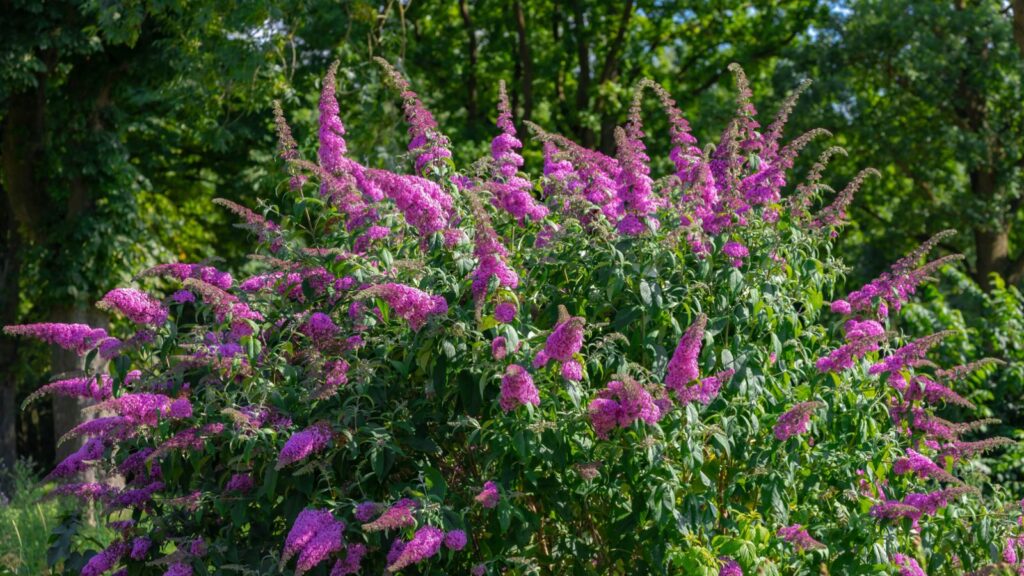
Staying true to its name, butterfly bushes are a natural draw for butterflies due to their elongated clusters of small, fragrant flowers, which bloom in various colors, including purple, pink, and white. Furthermore, they provide a consistent source of nectar, but be warned–butterfly bushes can be invasive, so while the butterflies love them, your other plants might not.
Goldenrod
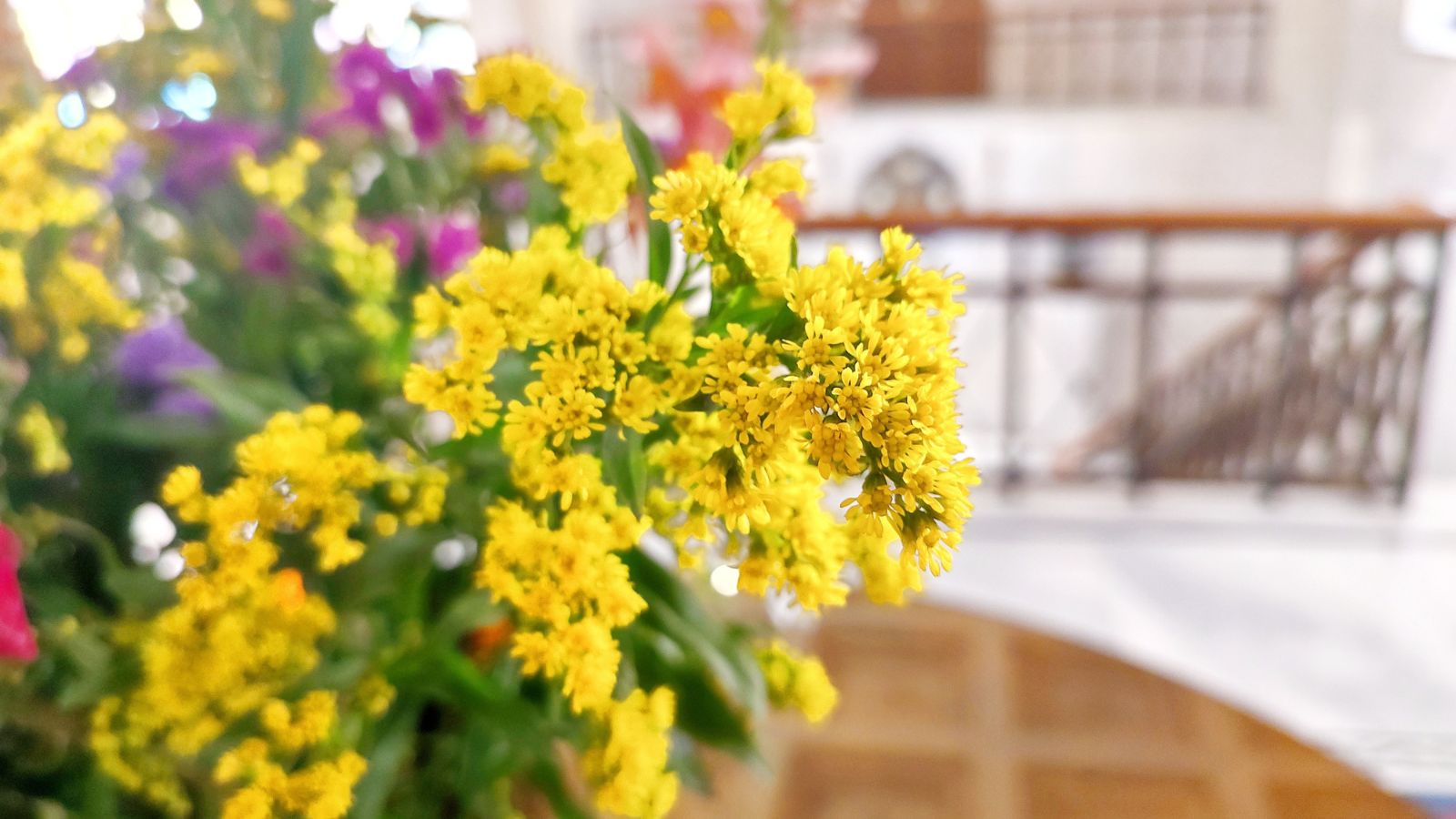
When it comes to the Goldenrod, it’s the late-blooming bright yellow flowers that draw in local bees and butterflies, even when other flowers are scarce. This hardy perennial prefers sunny locations and well-drained soil, requiring little upkeep, and its late bloom time makes it an excellent strategic choice to keep your garden flourishing through to fall.
Phlox
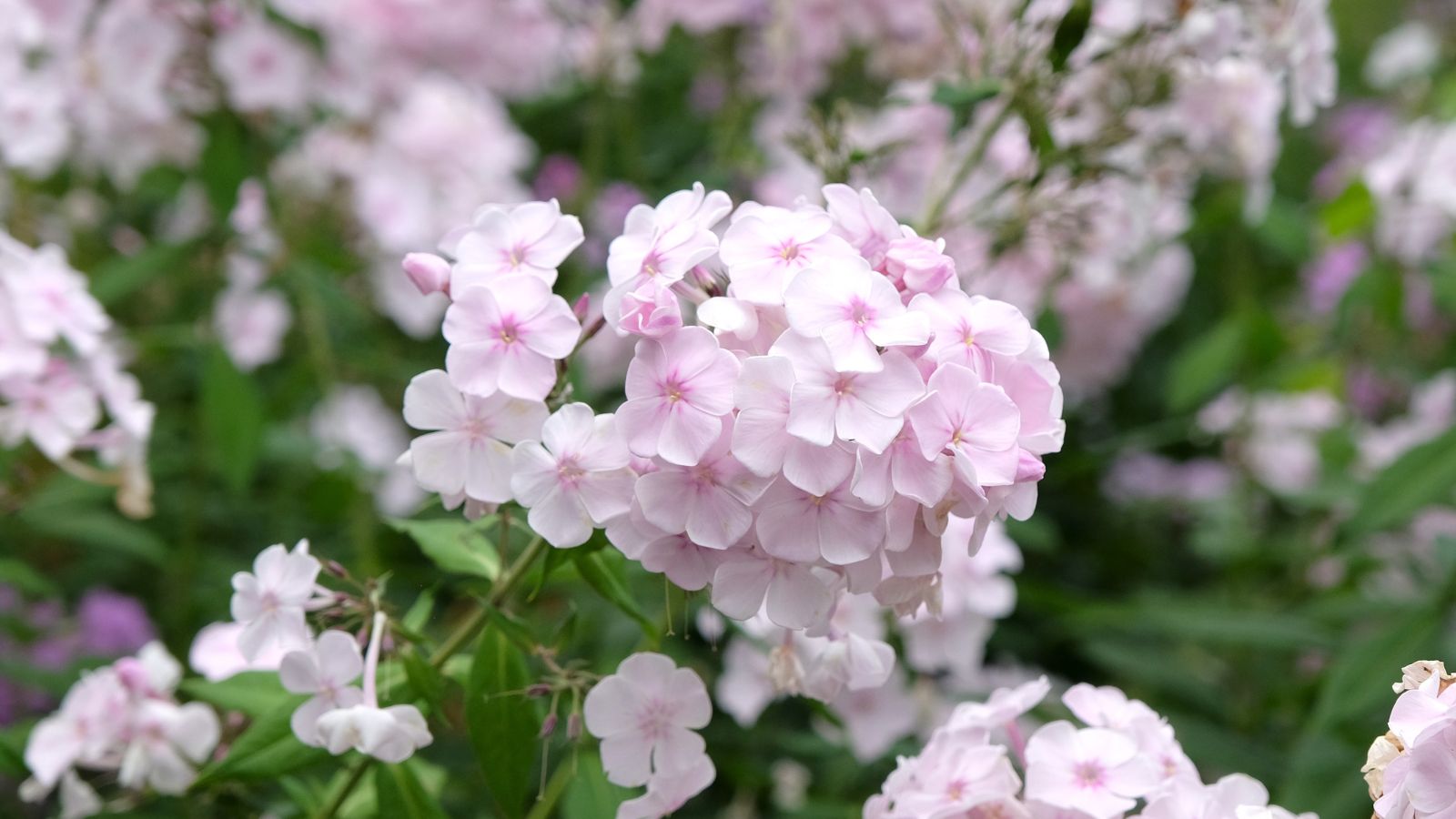
Phlox comes in a range of colors and emits a sweet fragrance that butterflies find irresistible, even if bees aren’t quite as interested. Regardless, these blooms thrive in full sun or partial shade, depending on the variety, and require moist, well-drained soil. Simply plant them early in the season to see them flower in mid to late summer, and they’ll create a stunning display that both you and your garden’s butterflies will fall in love with.
Lantana
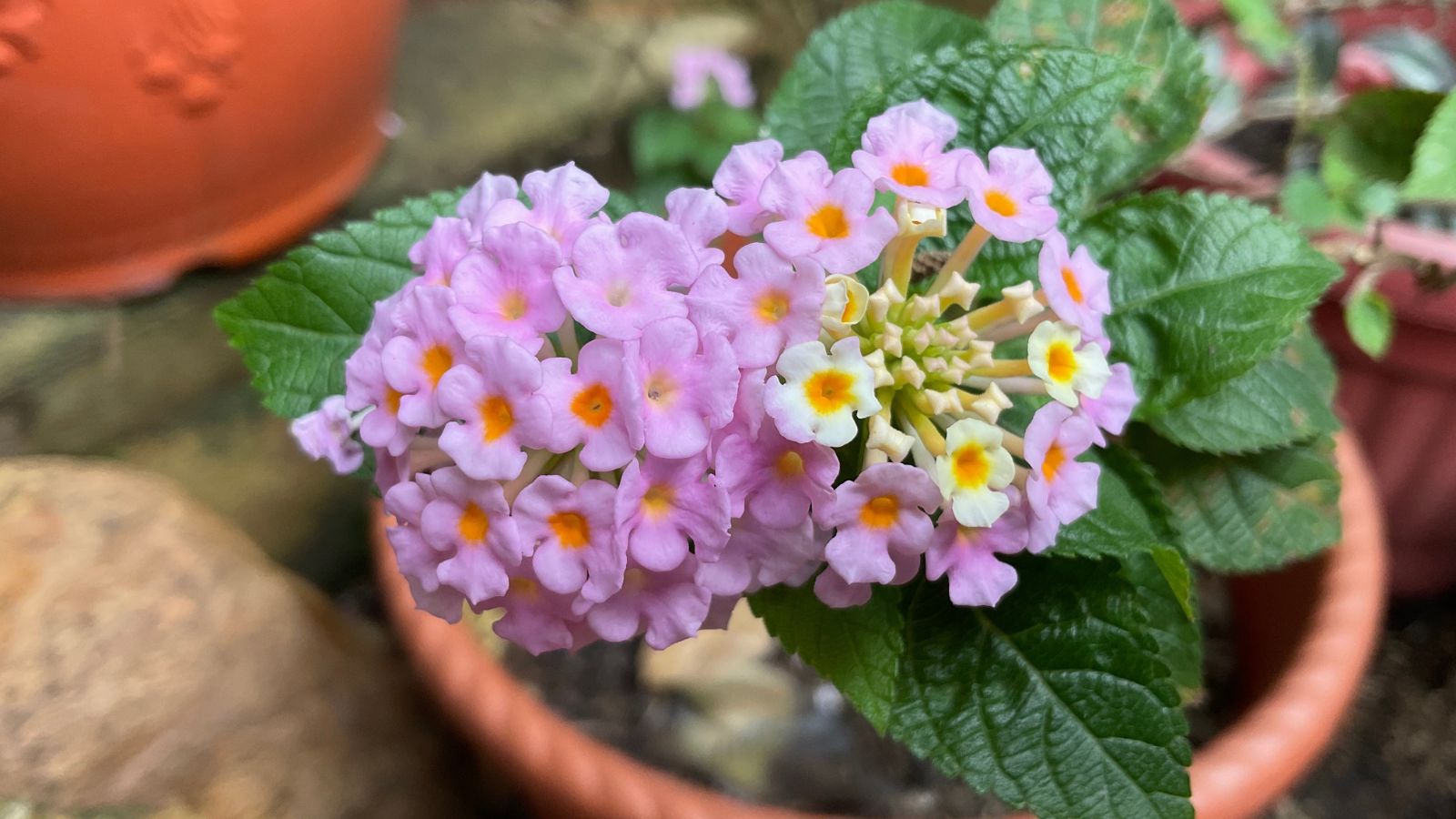
Many people choose to plant lantana for its butterfly-attracting clusters of tiny, brightly colored flowers. In controlled settings, lantana can thrive and offer a surplus of nectar to pollinators. However, you really do have to be careful with this flower, as it’s toxic to animals and children and can be invasive in some regions, so do your research before planting, and give it a miss if you have pets or kids that enjoy your yard.
Joe-Pye Weed
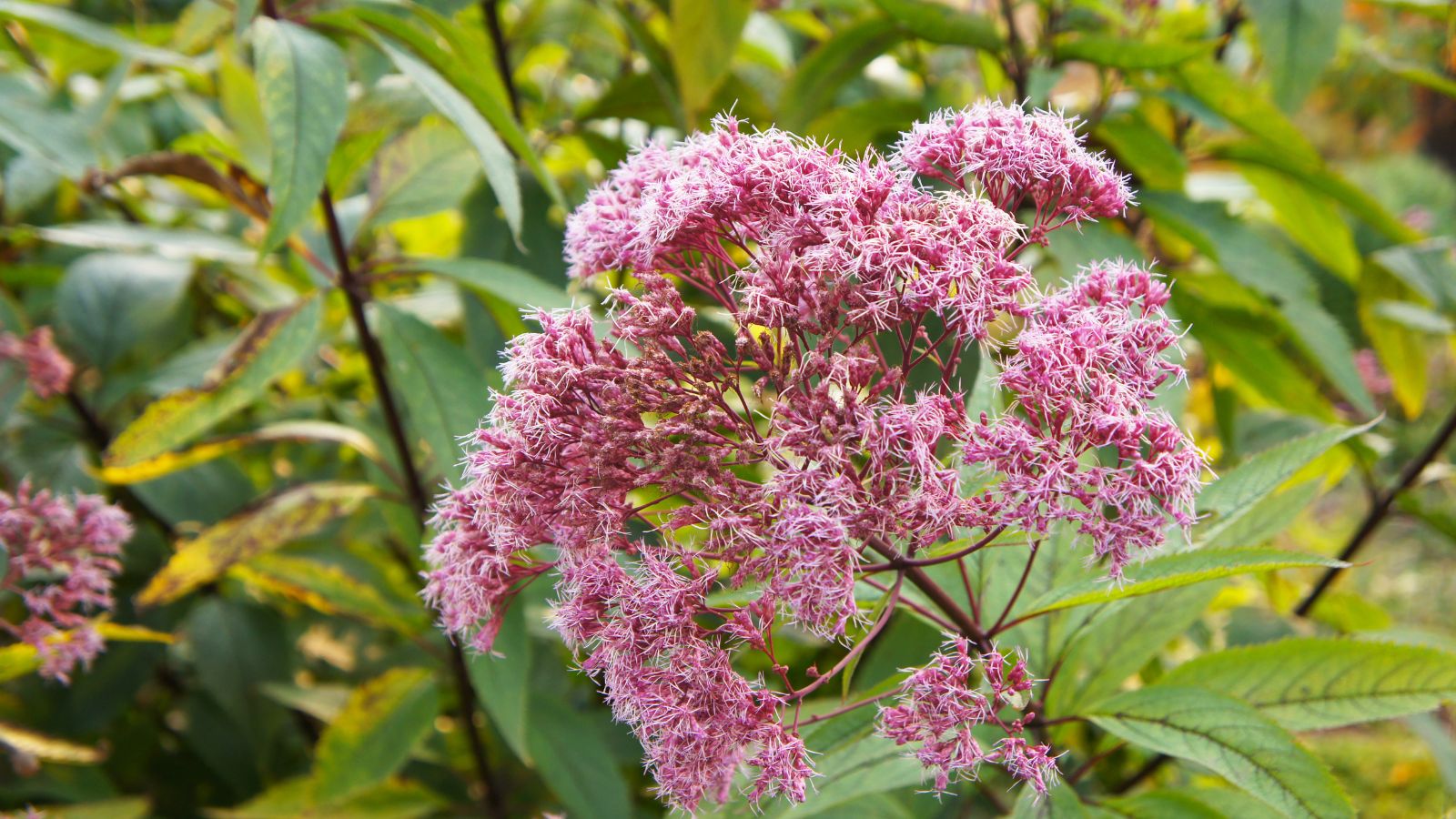
How could this list be complete without the joe-pye weed?! This tall, late-blooming perennial features remarkable clusters of mauve-pink flowers, which butterflies look forward to every year. Simply plant it in moist soil and partial shade to keep it at its best, and you’ll have yourself a bold backdrop for any pollinator garden, not to mention a home for local butterflies!
